
Immigrant Wives of Donald Trump
Donald J. Trump, the 45th President of the United States, built much of his political identity on strong anti-immigration rhetoric. He campaigned on promises to build a wall, restrict visas, and reduce legal immigration. Yet, two of the three wives he married—Ivana Trump and Melania Trump—were themselves immigrant who came to the U.S. seeking opportunity, success, and ultimately, citizenship. Their journeys stand in contrast to the policies Trump promoted, exposing an ironic divide between his private life and public message.
Ivana Trump: From Cold War Czechoslovakia to American Royalty (First immigrant wives of Trump)
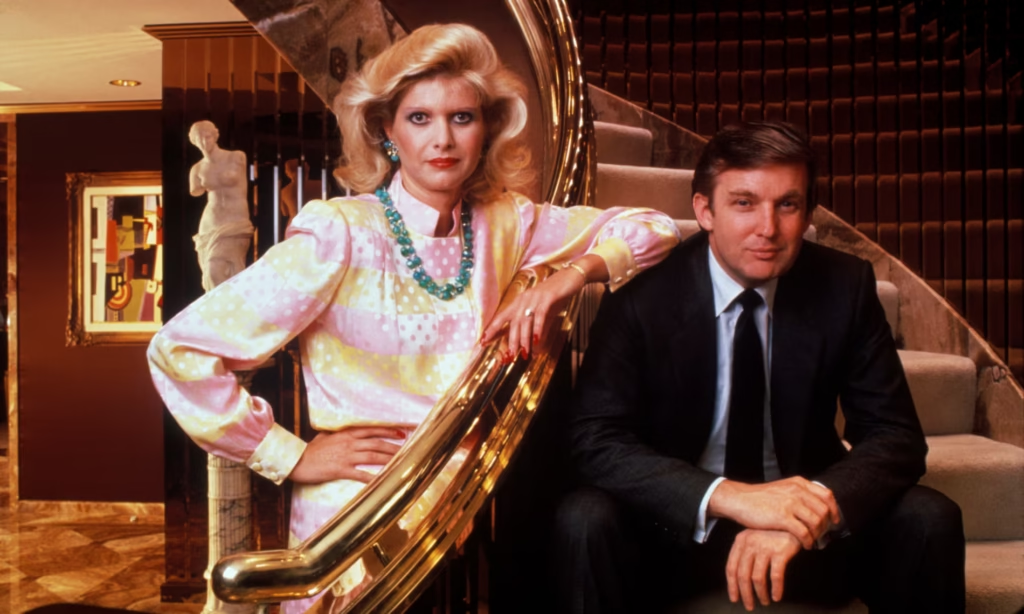
“Ivana Trump, born Ivana Zelníčková in 1949, grew up under the strict communist regime of Czechoslovakia. Additionally, as a talented athlete and academic, she trained as a professional skier and earned a master’s degree in physical education. Consequently, in the 1970s, she left her homeland by marrying an Austrian, a move that allowed her to obtain citizenship and freedom of travel.
Afterwards, after relocating to Canada and working as a model and ski instructor, Ivana moved to New York City, where she met Donald Trump in 1976. Subsequently, the couple married the following year and had three children: Donald Jr., Ivanka, and Eric. Moreover, far from being a traditional spouse, Ivana became an executive in the Trump Organization, contributing significantly to its growth and prestige.
In 1988, Ivana became a U.S. citizen. Her story—rising from a closed society to business prominence in America—embodies the ideal of immigrant ambition. However, her smooth path to citizenship, supported by her European background and personal connections, sharply contrasts with the struggles many immigrants face today.”
The s
Marla Maples: An American Chapter

Donald Trump’s second wife, Marla Maples, was born in Georgia, USA. Their marriage began in 1993 and ended in 1999. They share one daughter, Tiffany Trump. Since Maples is an American by birth, her story doesn’t intersect with immigration but stands as the exception among Trump’s spouses.
Melania Trump: From Slovenian Village to First Lady of the United States (Second Immigrant Wives of Trump)
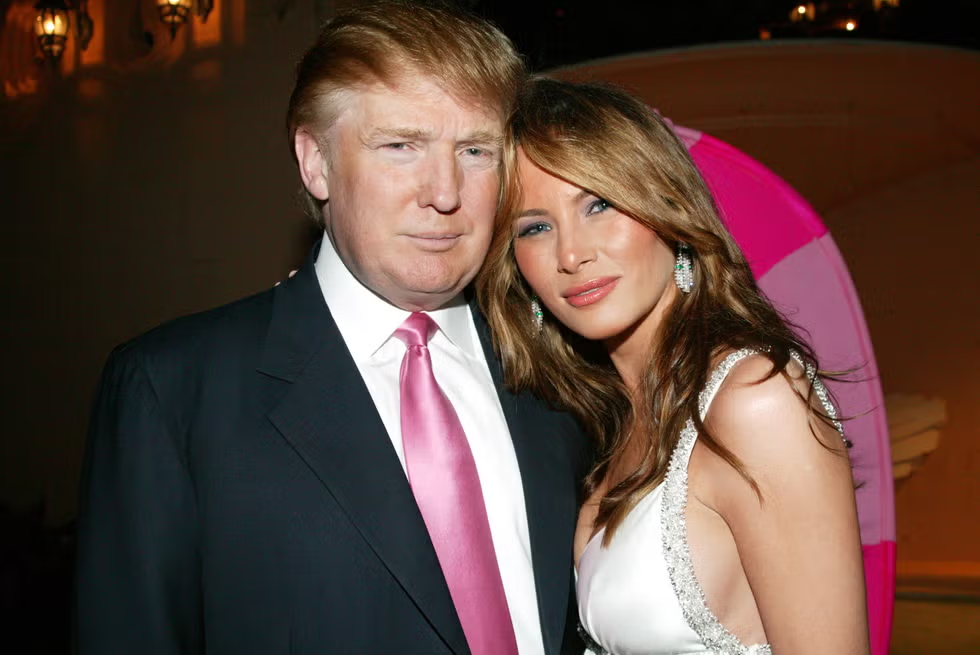
Melania Trump, born Melanija Knavs in 1970 in Slovenia, pursued a modeling career that eventually brought her to the United States in the mid-1990s. Subsequently, she met Donald Trump in 1998 at a party in New York, and they married in 2005.
Furthermore, Melania’s immigration journey involved several visa transitions, including the H-1B visa, a temporary work visa primarily intended for specialized professionals—though it is occasionally granted to fashion models. In 2006, she became a U.S. citizen; notably, this was the same year she gave birth to their son, Barron.
Moreover, Melania’s parents, Viktor and Amalija Knavs, followed her to the U.S. and reportedly became citizens in 2018 through family reunification. This path, often referred to as “chain migration,” was, however, a frequent target of criticism by Donald Trump himself. Consequently, the contradiction between his policies and personal family choices became a lightning rod for public debate.
Political Stance vs. Private Reality
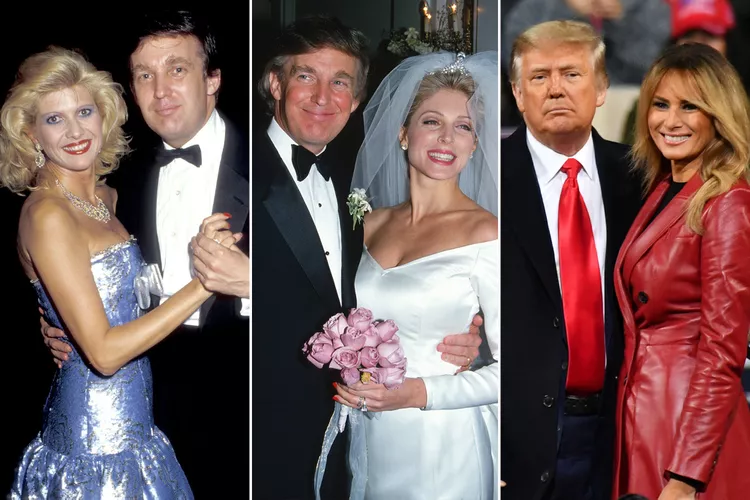
Throughout his presidency, Trump pushed for some of the toughest immigration restrictions in modern U.S. history. He banned travelers from several Muslim-majority countries, attempted to end the Deferred Action for Childhood Arrivals (DACA) program, and criticized both the visa lottery system and family-based immigration policies.
Yet, in his own family, Trump benefited from those very pathways. Melania used a work visa, gained citizenship through marriage, and later sponsored her parents. Ivana naturalized in the 1980s under less restrictive immigration laws. The same systems Trump condemned publicly were instrumental in shaping his private life.
Many critics accused Trump of applying a racial and class-based double standard to immigration. He focused his criticism on immigrants from Latin America, Africa, and Asia, while remaining silent about those from Europe—even as European immigrants like Ivana and Melania entered and succeeded in the U.S. under relatively easy circumstances.
Melania’s Quiet Role as First Lady
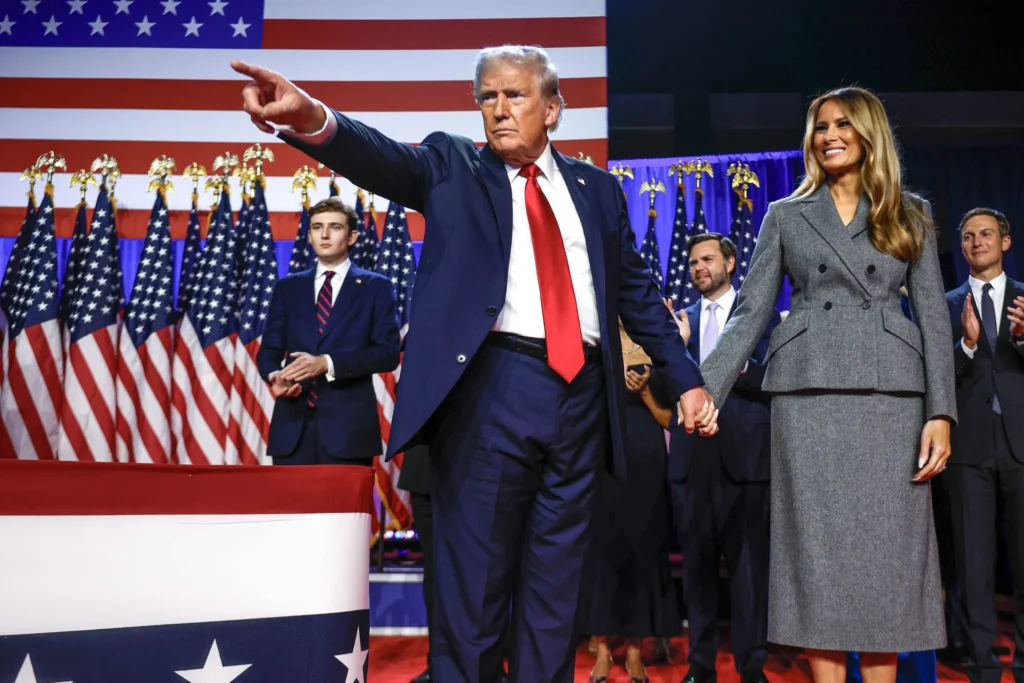
As First Lady, Melania Trump largely stayed out of her husband’s political battles. Her signature initiative, “Be Best,” focused on children’s welfare and online behavior. But she avoided addressing immigration policies—especially the highly controversial family separation policy—despite her own immigrant background.
One notable controversy emerged during her 2018 visit to a Texas shelter for detained migrant children. Melania wore a jacket with the words, “I really don’t care, do u?” printed on the back. The message stirred outrage, as many interpreted it as a dismissive statement during a deeply emotional moment in American politics.
A Tale of Two Americas
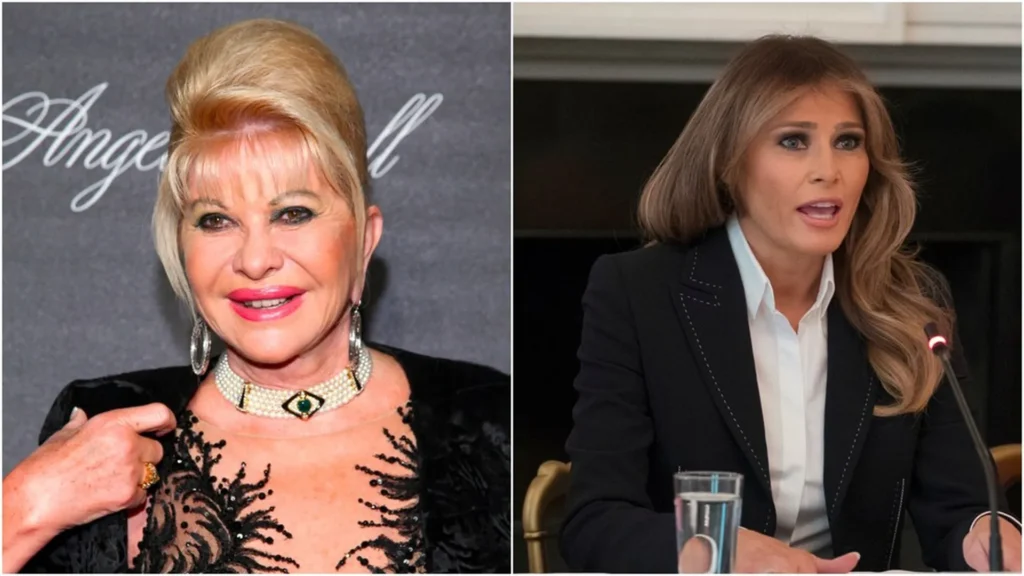
The immigrant journeys of Ivana and Melania Trump demonstrate the opportunities available to those with the right resources, appearances, and connections. They both achieved the American Dream, becoming wealthy, influential, and powerful. But their stories also highlight the divide between how immigration works for the privileged and how it functions—or fails—for the less fortunate.
Trump’s anti-immigration policies were often directed at immigrants who lacked privilege. These groups included refugees, asylum seekers, low-wage workers, and people from developing nations. His wives were white, European, and professionally attractive, fitting into a narrative of “acceptable” immigrants. However, they used the same family and work-based systems he sought to dismantle.
Conclusion: An American Contradiction
Donald Trump’s marriages to immigrant women underscore a fundamental contradiction in his political narrative. He championed policies that made it harder for immigrants to enter and stay in the U.S. He married two women who benefited from the programs he targeted. Ivana and Melania followed legal paths to citizenship. However, their paths depended heavily on their backgrounds, professions, and marital connections to wealthy Americans.
Their success stories prove that immigration can empower individuals and families. Their experiences show that access to opportunity in the U.S. is influenced by both legality and privilege. These factors demonstrate that opportunity is not solely determined by legal status. The Trump family exemplifies the intersection of personal and political realities in America’s immigration debate. This collision is evident in their actions and stances.

